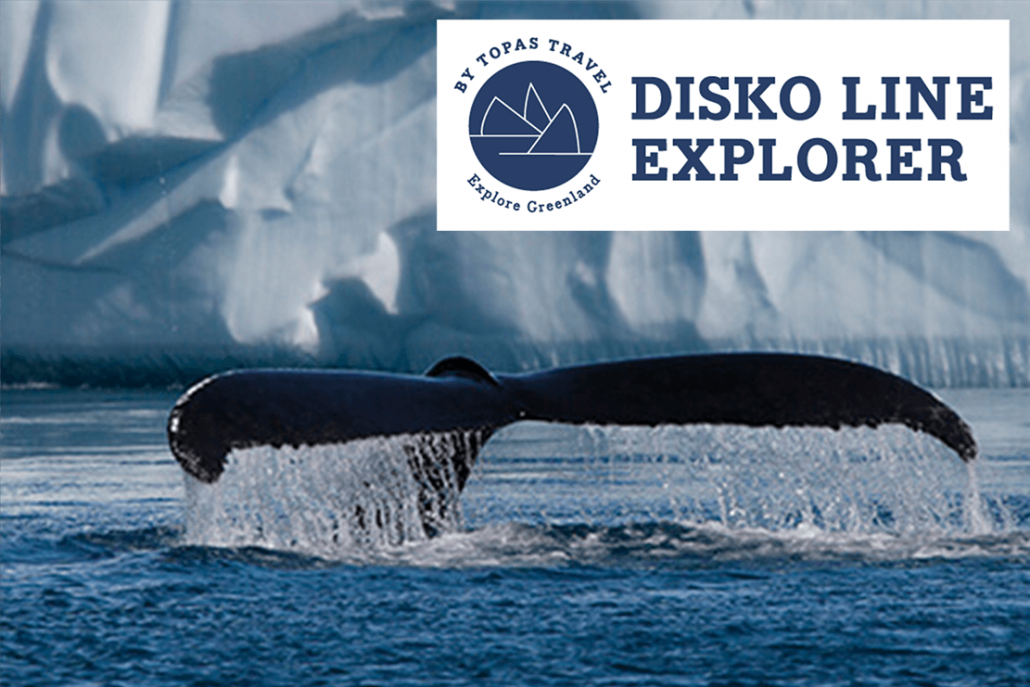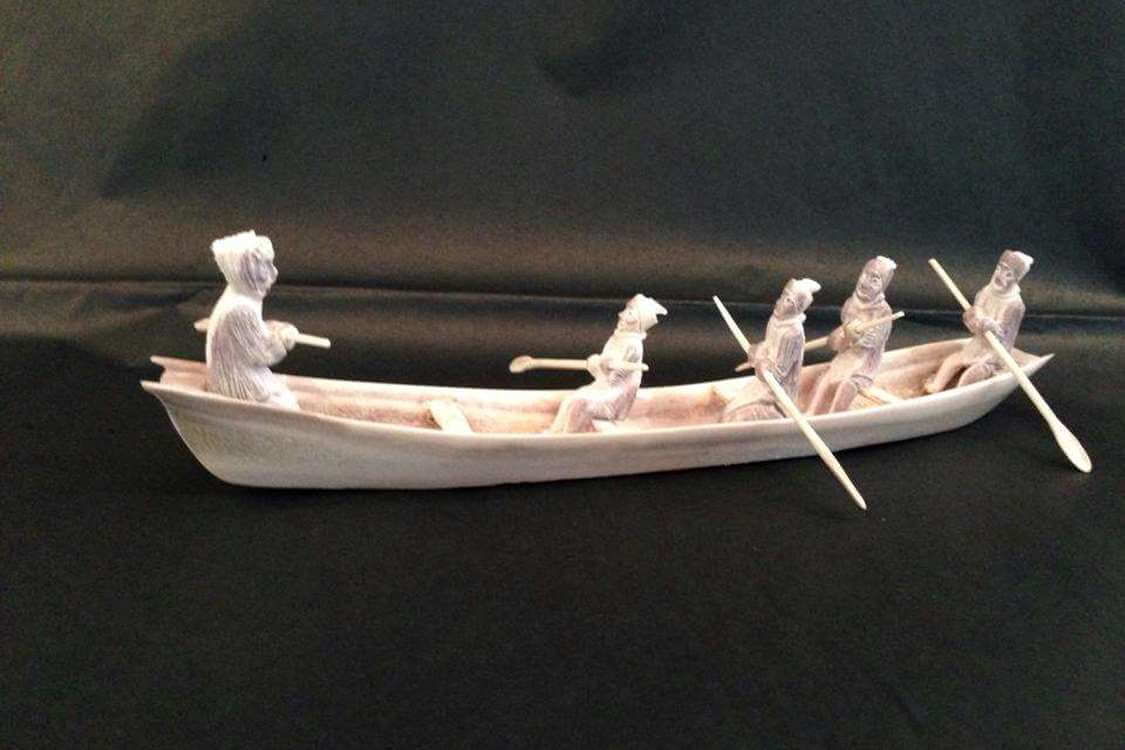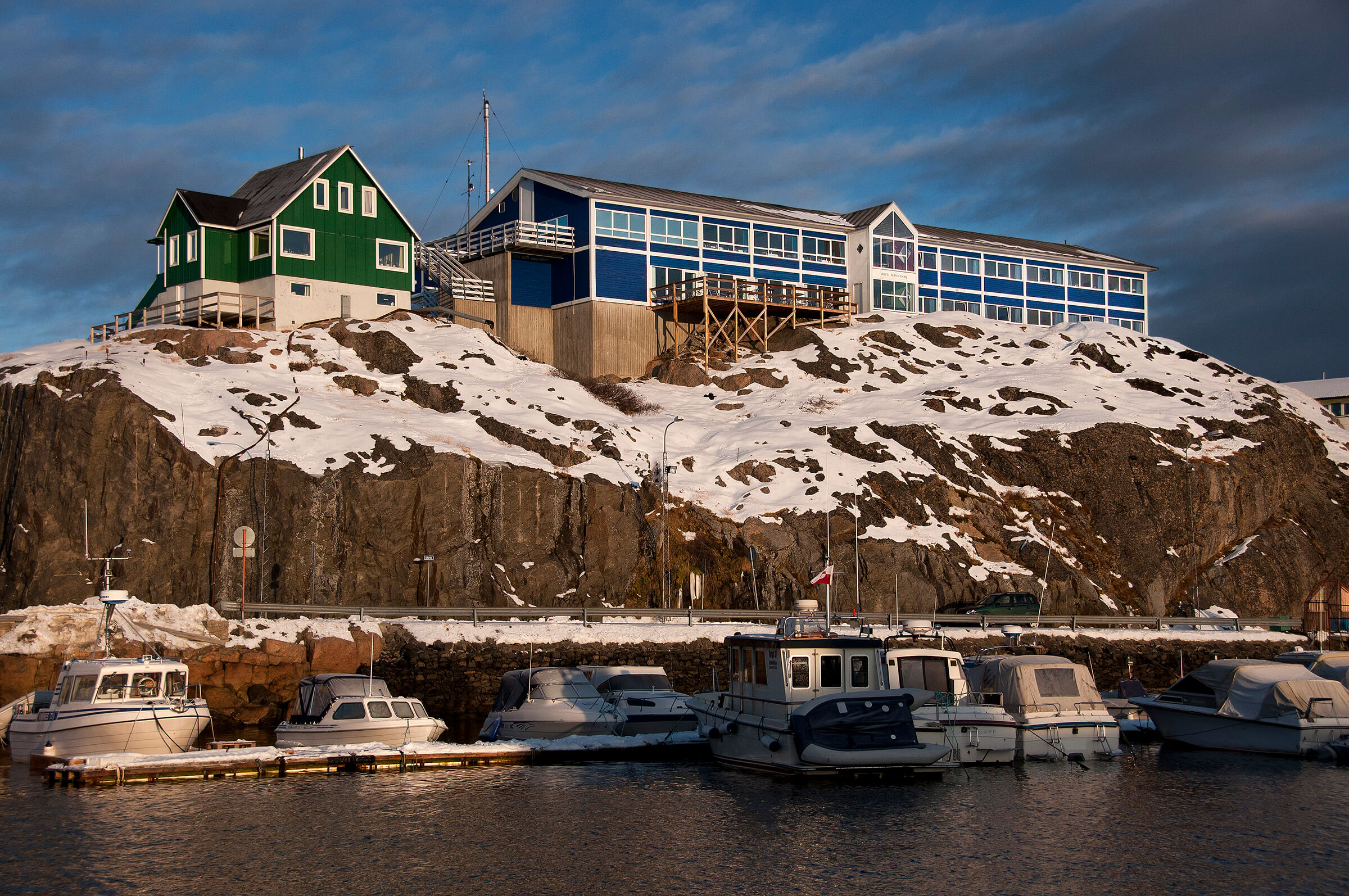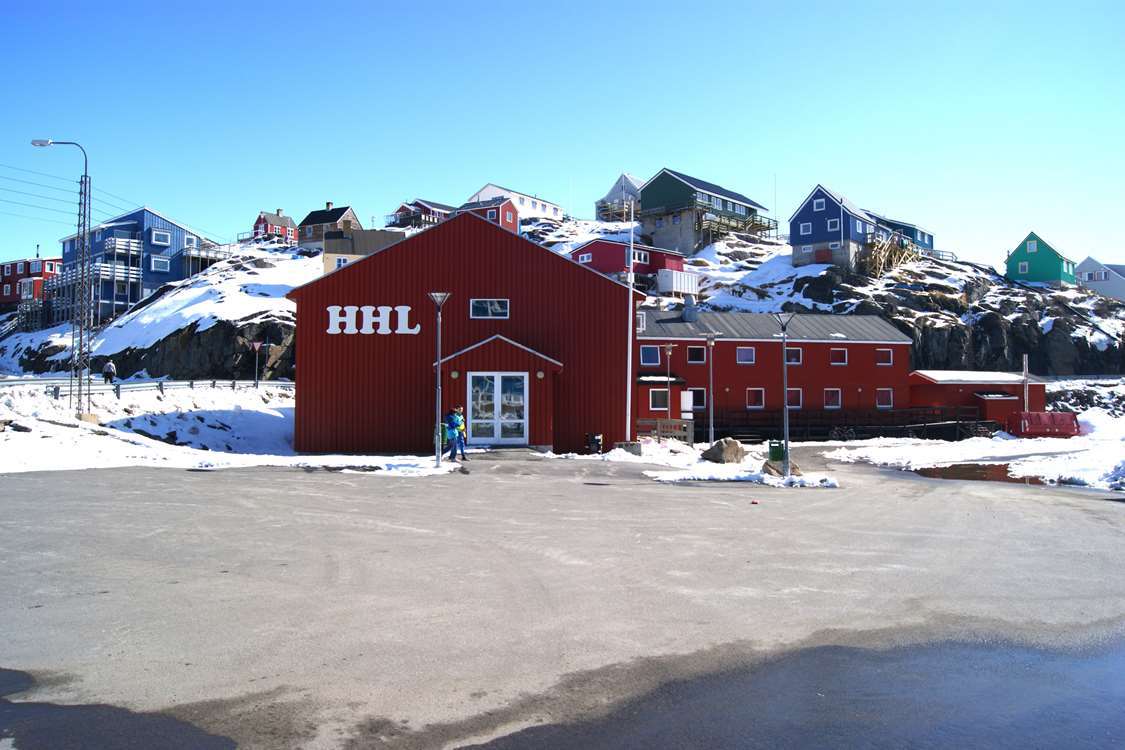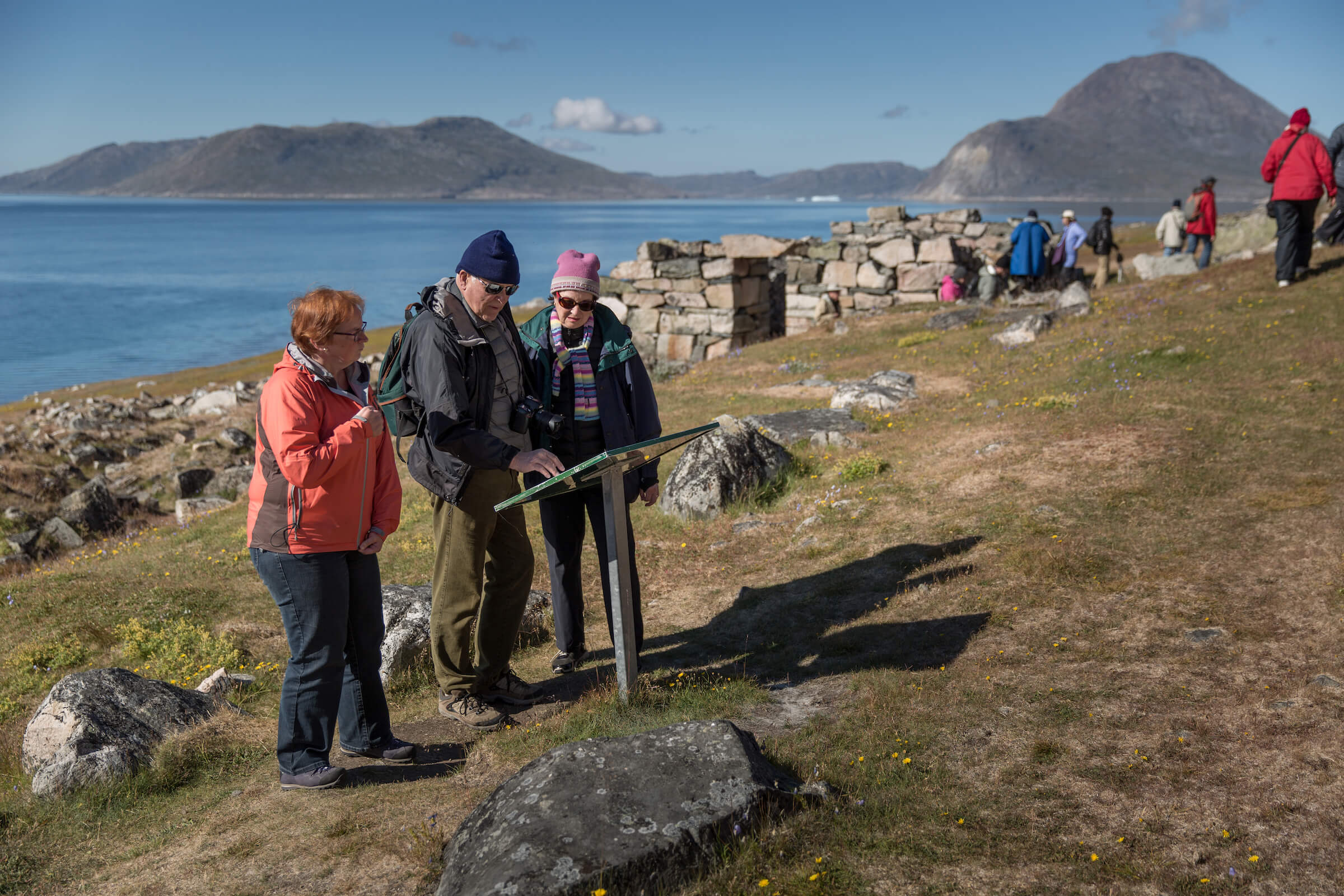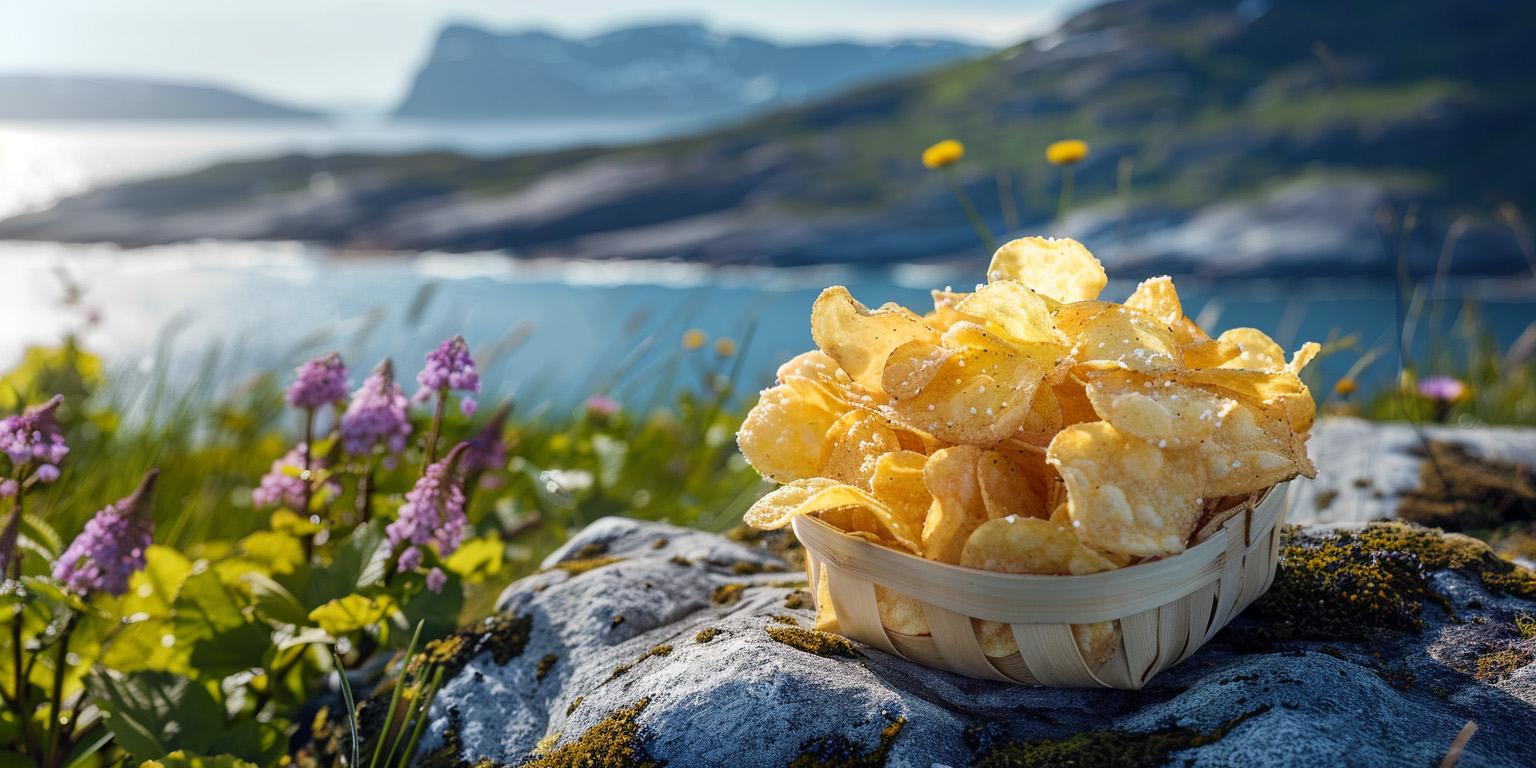There are rules regarding which souvenirs made from animal products can be exported from Greenland, and some souvenirs require a CITES permit at no cost to you. For more information, consult an updated CITES page.
A GREENLANDIC IDENTITY
It is said that one can recognize the essence of a people through their artwork because they instinctively depict what is central to their lives, and in Greenland the souvenirs tell the story of the country as a pioneering nation.
Ritualistic figures called tupilaks, intricate depictions of hunting and fishing, tools like the woman’s knife called an ulo, and carvings of polar bears, whales, and seals are all evidence of a people with close connection to the natural environment, who have thrived in Greenland by adapting their lives to nature’s way.
Greenlandic identity is shown not only through the images that souvenirs depict but also through their materials. As sustainable hunters, we only take the animals needed and we use every possible part. The bones and warm fur of Arctic mammals turn into jewelry and clothing, so souvenir shops are stocked with pieces made of reindeer and muskox horn, sealskin, muskox wool, and even polished whale baleen.
Greenlandic identity runs high as souvenirs depict Greenlandic images on the canvas of Greenlandic materials, and the fact that locals themselves proudly wear the same items that travelers buy as souvenirs bears testament to their authenticity.
“In Ilulissat we went to the craft workshop and saw all the things they were making. They spoke mostly Greenlandic, but we bought some things for the family at home!”


